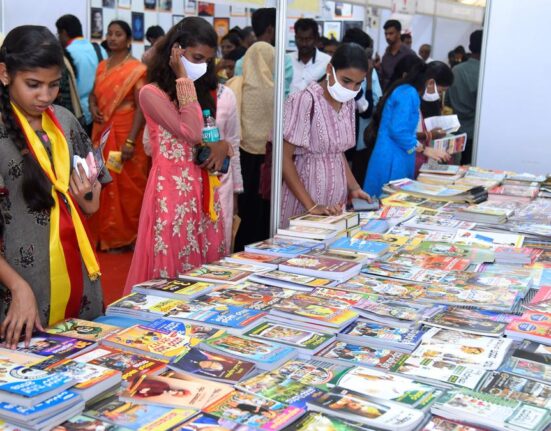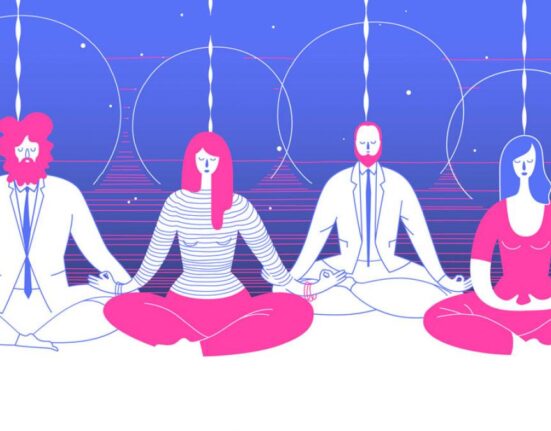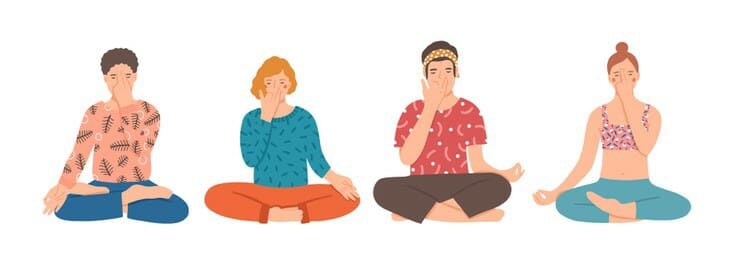*Exploring the Depths of Pranayama: A Journey to Inner Harmony*
In the tapestry of yogic practices, Pranayama stands as a profound yet accessible gateway to inner transformation and well-being. Rooted in ancient wisdom and steeped in tradition, Pranayama offers a nuanced approach to harnessing the power of breath for physical, mental, and spiritual enrichment. Let’s delve deeper into the essence of Pranayama, exploring its techniques, benefits, and the subtle interplay between breath and consciousness.
*The Essence of Pranayama:*
Pranayama, derived from the Sanskrit words “prana” (life force) and “ayama” (extension), encapsulates the art and science of breath control. At its core, Pranayama acknowledges the intimate connection between breath, prana (vital energy), and consciousness. By consciously regulating the breath, practitioners aim to influence the flow of prana within the subtle energy channels of the body, known as nadis, promoting vitality, harmony, and self-awareness.
*Techniques of Pranayama:*
Pranayama encompasses a rich tapestry of techniques, each designed to evoke specific physiological, mental, and energetic responses. Here are some foundational techniques:
1. *Deergha Swasam (Three-Part Breath):* This technique emphasizes deep, diaphragmatic breathing, expanding the lungs to their full capacity. It involves sequential inhalation into the abdomen, ribcage, and upper chest, followed by a smooth exhalation. Deergha Swasam enhances oxygenation, calms the nervous system, and promotes relaxation.
2. *Nadi Shodhana (Alternate Nostril Breathing):* By alternating the breath between the left and right nostrils, Nadi Shodhana balances the flow of prana through the ida and pingala nadis, representing the lunar and solar energies within the body, respectively. This technique fosters mental clarity, emotional balance, and harmonizes the energy channels.
3. *Sheetali Pranayama (Cooling Breath):* In this practice, inhalation occurs through a rolled tongue or pursed lips, creating a cooling sensation within the body. Sheetali Pranayama pacifies excess heat (pitta dosha), reduces stress, and enhances digestive function.
4. *Bhastrika Pranayama (Bellows Breath):* Characterized by rapid, forceful inhalations and exhalations, Bhastrika Pranayama generates heat and energy within the body, awakening dormant prana. It increases vitality, purifies the respiratory system, and uplifts the spirit.
5. *Kapalabhati Pranayama (Skull Shining Breath):* This dynamic technique involves rapid, forceful exhalations followed by passive inhalations. Kapalabhati clears the nasal passages, invigorates the mind, and purifies the subtle energy channels, preparing the practitioner for deeper states of meditation.
*Benefits of Pranayama:*
The regular practice of Pranayama bestows a plethora of benefits on the physical, mental, and emotional levels:
– Enhanced respiratory function and lung capacity.
– Reduction of stress, anxiety, and depression.
– Regulation of blood pressure and heart rate.
– Improved concentration, focus, and mental clarity.
– Strengthened immune system and overall vitality.
– Deepening of self-awareness and mindfulness.
– Balancing of the body’s energy centers (chakras).
*Incorporating Pranayama into Daily Life:*
Pranayama is not merely confined to the yoga mat; it is a practice that permeates every aspect of daily life. Whether amidst the chaos of a busy day or in moments of solitude and introspection, integrating conscious breathing techniques can foster a profound sense of presence and well-being. Through mindfulness and intention, even mundane activities such as commuting or working can become opportunities for Pranayama practice, grounding us in the here and now.
*Caution and Guidance:*
While Pranayama offers immense potential for holistic healing and self-discovery, it is crucial to approach the practice with reverence and caution. Beginners should seek guidance from experienced yoga instructors to ensure proper technique and alignment. Individuals with pre-existing medical conditions should consult healthcare professionals before embarking on a Pranayama practice, especially if pregnant or suffering from respiratory or cardiovascular ailments.
*Conclusion:*
In the rhythmic dance of inhalation and exhalation lies the profound wisdom of Pranayama, beckoning us to journey inward and awaken to the fullness of our being. As we navigate the currents of life, may the breath serve as our steadfast anchor, guiding us back to the essence of our true nature. With each mindful breath, we invite healing, vitality, and inner harmony into our lives, illuminating the path to wholeness and self-realization.












